Should you deadhead lupins? We asked gardening specialists, and the answer may surprise you
These cottage garden classics are a visual wonder, but do they benefit from a seasonal deadheading?
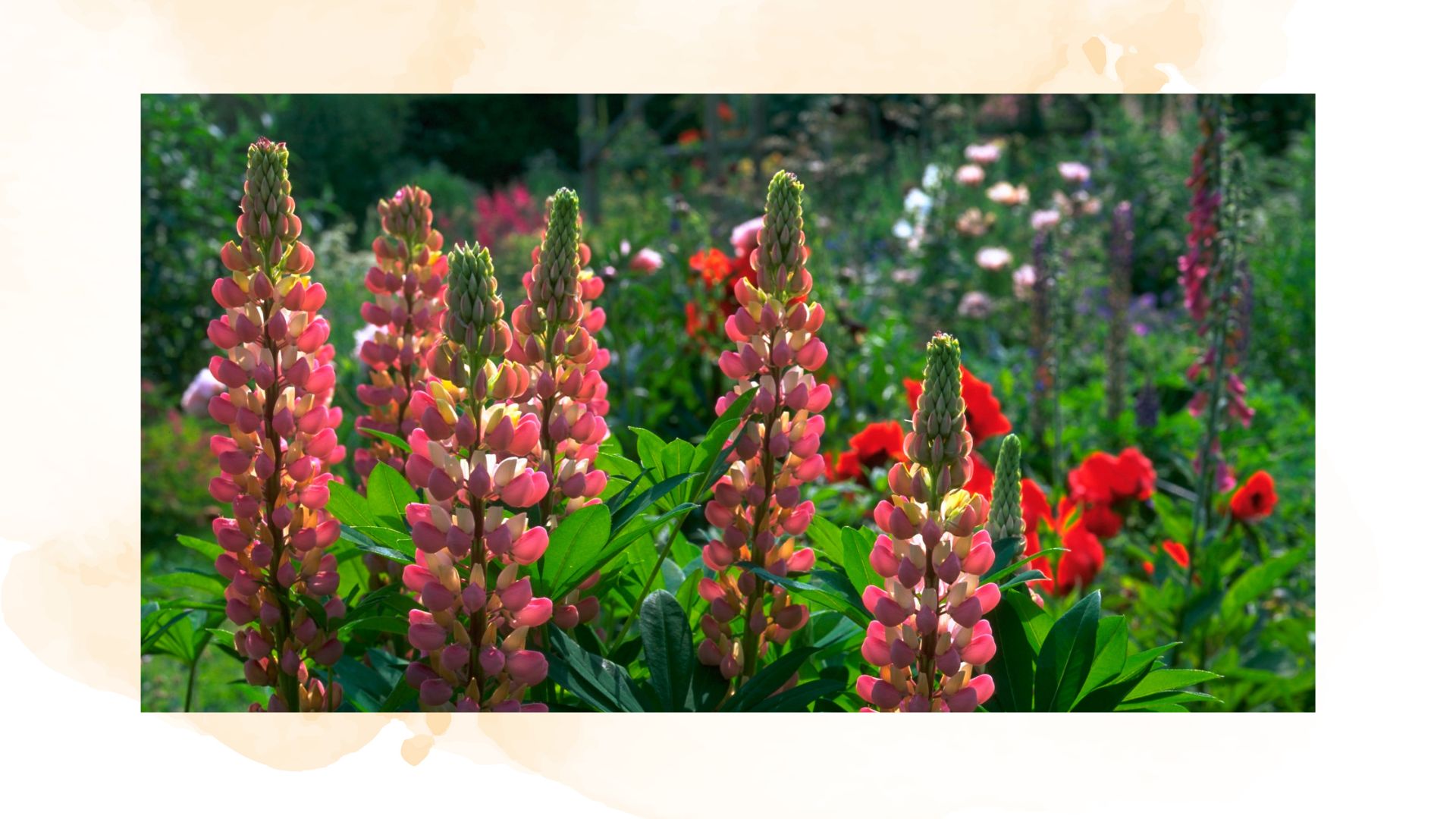

Have your lupins passed their best? You might be wondering whether or not they need to be deadheaded. Well, you're in luck because these garden specialists have shared their advice.
There are quite a few plants in your garden that should never be deadheaded, as doing so can stunt growth or even lead to ill-health. However, others will benefit greatly from you learning how to deadhead them properly.
Lupins, a cottage garden favourite, don't belong officially on either list, and these experts are here to explain why.
Should you deadhead lupins?
Lupins are stunning perennials that are planted around September and can bloom fully twice through the summer months. They're great plants for pollinators and can bring vivid colour to your flower beds. But when their blooms are spent, should you give them a healthy chop?
"It’s all personal preference when it comes to deadheading lupins, as there are pros and cons to leaving the blooms to fade and the plants to self-seed or taking the time to deadhead," explains Lucie Bradley, gardening expert at Easy Garden Irrigation.
"I tend to combine both - I deadhead early in the season to encourage a second set of blooms. Then, as I like a natural, country garden feel, I leave some of the secondary blooms to self-seed," she adds.
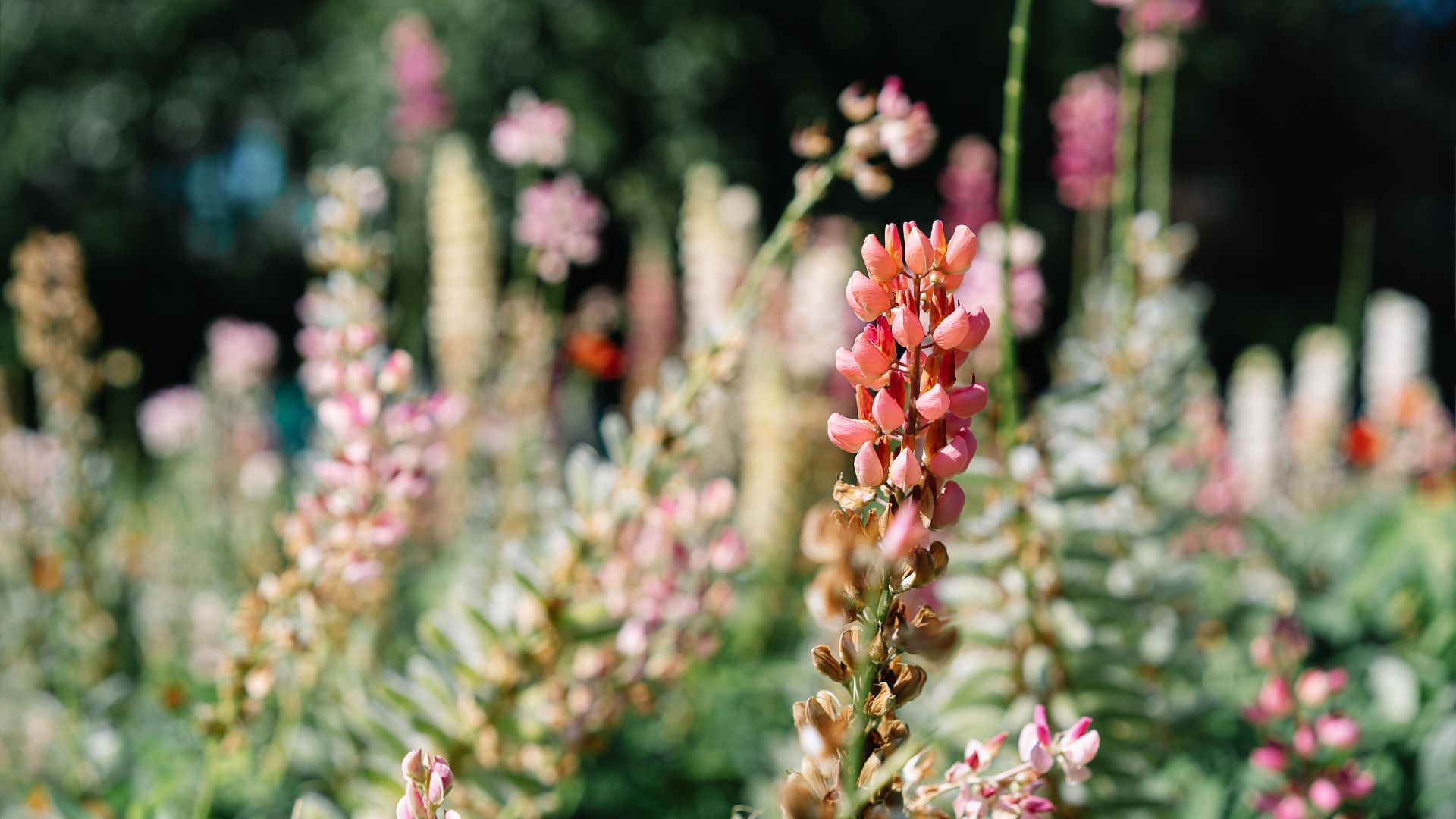
If you're attempting to attract more birds into your garden, then leaving the lupins to self-seed is a good idea, as birds will often feed on these seeds straight from the plant.
Sign up to our free daily email for the latest royal and entertainment news, interesting opinion, expert advice on styling and beauty trends, and no-nonsense guides to the health and wellness questions you want answered.
However, should you be sorting your garden out and want to neaten up your flower beds, nothing bad will come of a little deadheading. Your lupins' flowering period will be extended, and you'll be able to control their growth as well.

With over 28 years working in the garden industry, Lucie has been fortunate enough to spend every day speaking to both amateur and professional gardeners. Encouraged to garden since she was old enough to walk, she believes that you can never know everything about gardening, as it is constantly evolving.
What are the benefits of deadheading lupins?
While there are benefits to letting lupins fade and self-seed, there are a few more that may convince you to deadhead them.
"With lupins starting to bloom from May onwards and flowers typically lasting about two weeks before they start to fade, deadheading the spent blooms encourages your plants to turn their energies from producing seeds back to making more blooms. Which in turn extends the flowering time for your lupins so they can decorate your garden borders for longer," says Lucie.
She also points out that fading lupins will become decaying matter, which can attract pests and diseases, so you may want to chop them and avoid that.
"Lupins are prolific self-seeders, and when you don’t deadhead the spent blooms, then seed pods will develop once the flowers fade. Once the seed pods dry and split open, the seeds are released into your garden, naturally scattering and producing new plants in the following year," starts Lucie.
"Although you might want this to an extent, you may not want every spike of flowers to be left to form seed pods, so you might decide to deadhead early in the season to prolong flowering and leave some of the later blooms to go to seed," she continues.
How to deadhead lupins
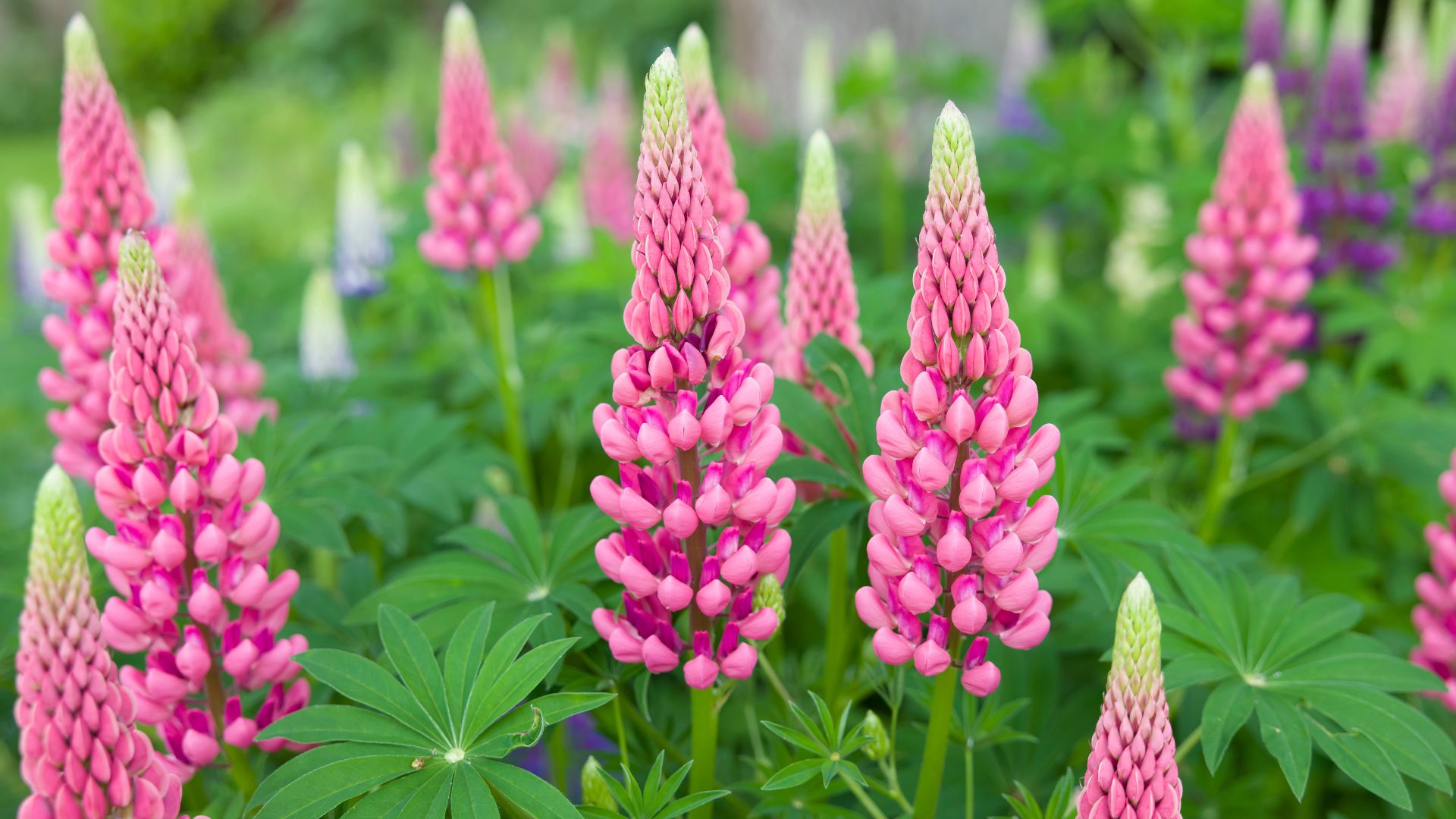
As with deadheading rhododendrons or deadheading tulips, the method is thankfully simple. So once you have your gardening essentials, a very clean pair of secateurs, the rest is extremely straightforward.
"It’s time to deadhead your lupins when the flowers start to fade, lose their original colour, turning yellow and brown as they dry, wilt and droop. With lupins flowering between May to July, if you want to encourage a second set of blooms, then you should be checking on blooms after a couple of weeks and removing individual spikes as the blooms fade," instructs Lucie.
"Find the perfect place to cut by locating the lowest dead flower head on the spike and cutting through the flower stalk just above a healthy pair of leaves. Make sure you make a diagonal cut - this allows water to run off rather than collecting, which could cause the stalk to rot," she continues. "This should now encourage the plant to divert its energies into producing new flowers on the side shoots, extending the gorgeous display provided by your colourful lupins."
Deadheading essentials
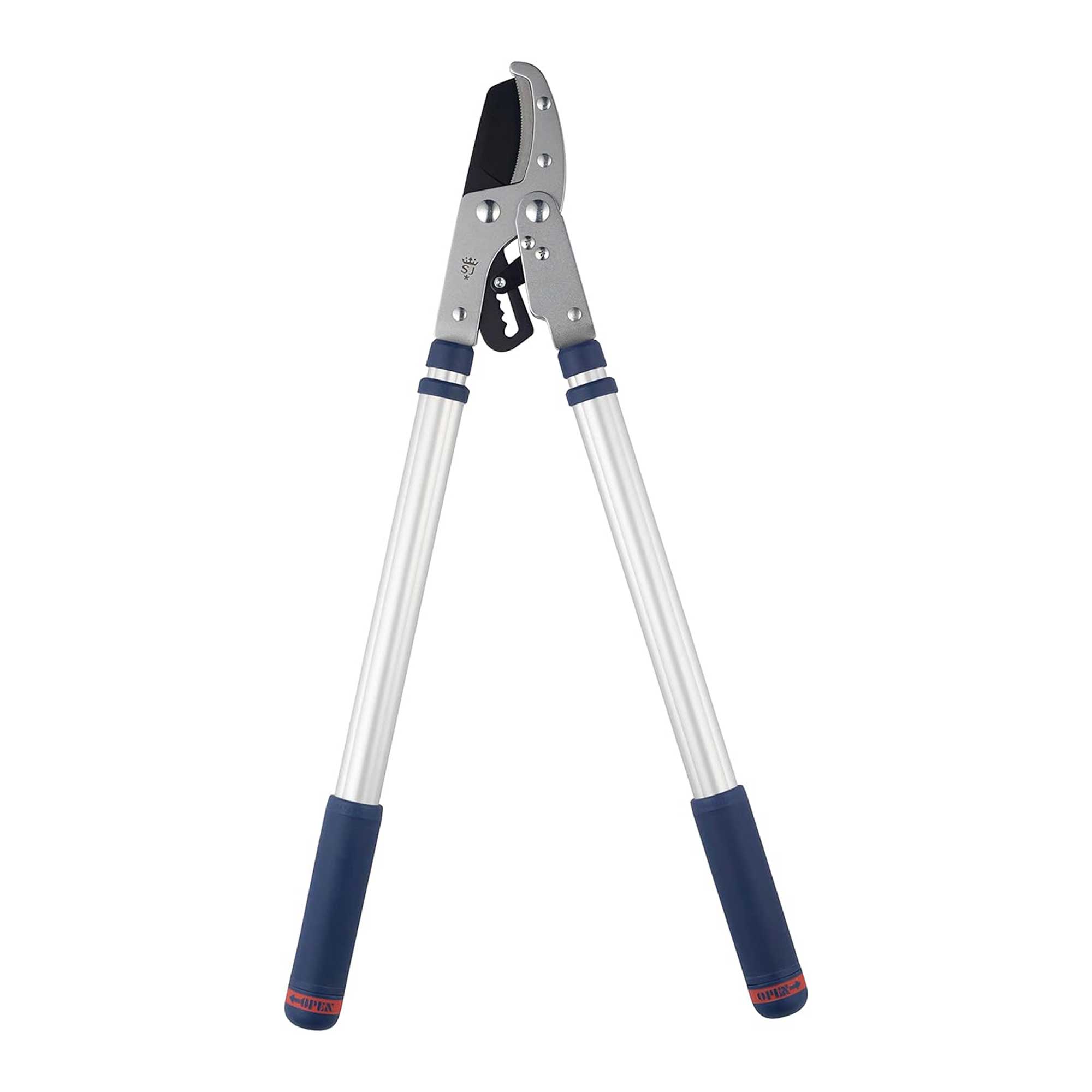
RRP: £24.00 | Ideal for cutting tougher stems, these loppers have durable, rust-resistant, carbon steel blades and an extendable mechanism. They're a particularly useful tool for larger lupin shrubs.
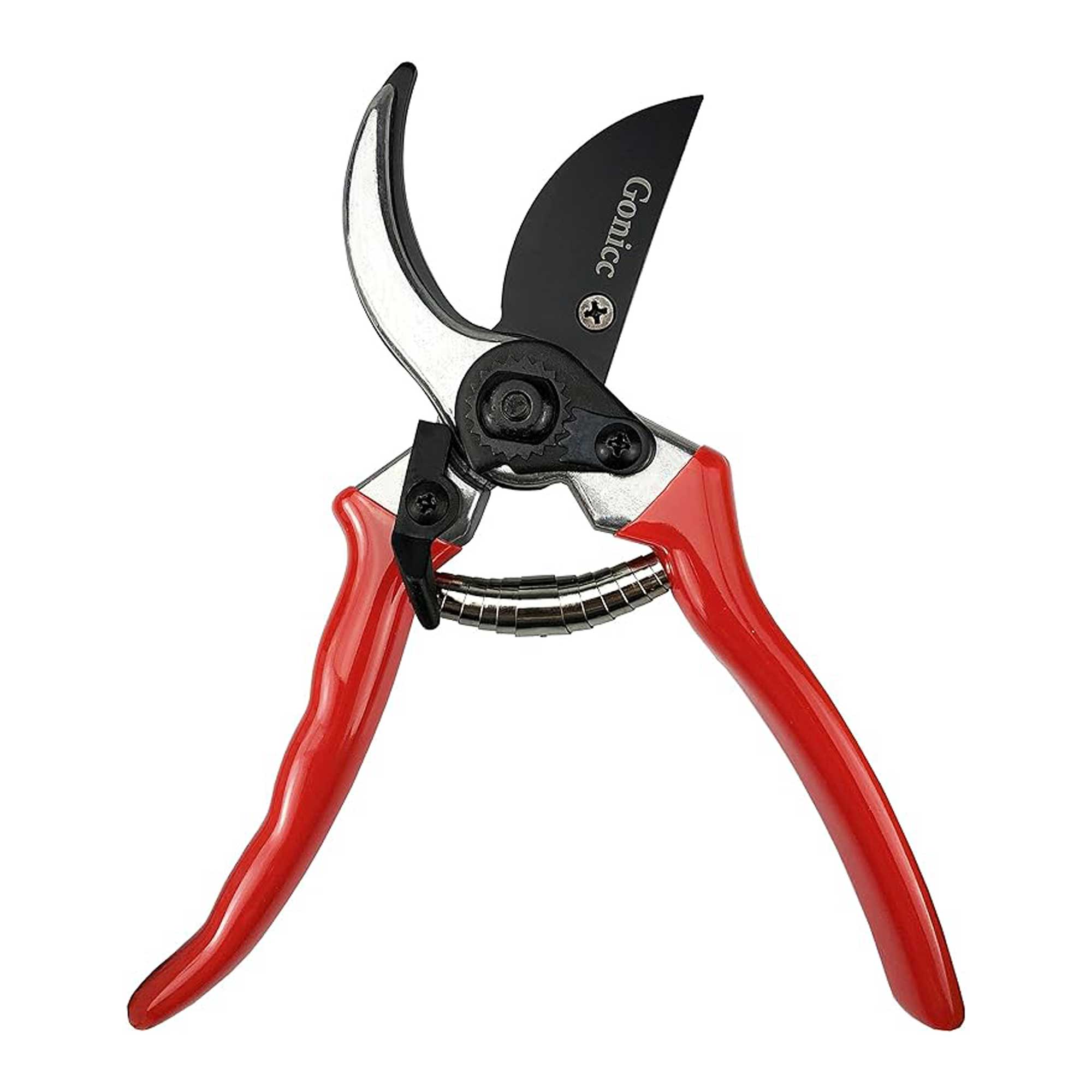
RRP: £11.95 | These popular secateurs feature a carbon steel blade and lightweight, non-slip handles, making precision pruning and deadheading easy.

RRP: £8.49 | These gardening gloves have been awarded ‘Amazon’s Choice’, and it’s easy to see why – they’re breathable, comfortable, and stylish.
Deadheading and pruning your plants is a great way to transform your garden on a budget. Simply cutting away the decaying flora and foliage will massively improve the appearance of your space and allow those late summer flowers to shine.

Emily joined woman&home as a staff writer after finishing her MA in Magazine Journalism from City University in 2023. After writing various health and news content, she now specialises in lifestyle, covering unique cleaning hacks, gardening how-tos, and everything to help your houseplants thrive.
You must confirm your public display name before commenting
Please logout and then login again, you will then be prompted to enter your display name.